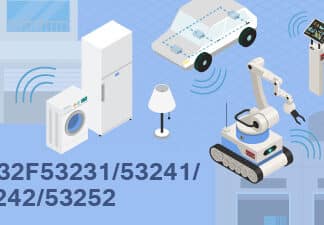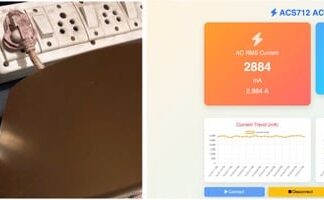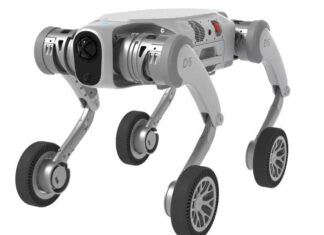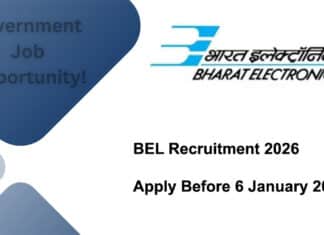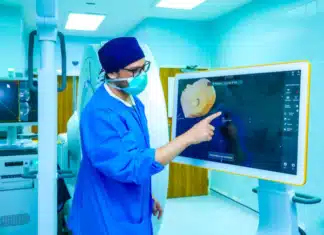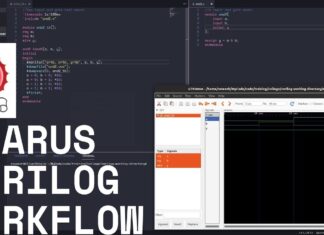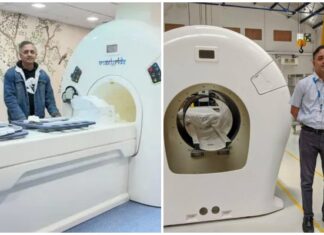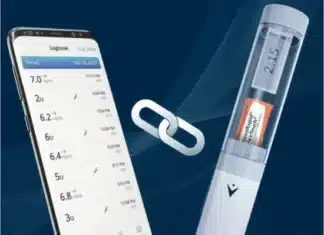CAN Chips For Control Devices
Want to add CAN or LIN to 5V systems easily? Check out these MCUs that handle networking, sensing, and control without extra parts.
Many embedded...
Real-Time AC Current and Frequency Monitoring for Data Analysis and ML...
In various industries and applications, it’s crucial to monitor the current and frequency of devices in real-time. These parameters are vital for the longevity...
Robots Built For Real Environments
Learn how robots now support inspection patrol and logistics across large unstructured sites without constant human supervision.
Automation in outdoor and industrial environments remains limited...
BEL Recruitment 2026 For Freshers And Experienced Engineers: Salary Up To...
Bharat Electronics Limited (BEL), a Navratna company under the Ministry of Defence, Government of India, has released the BEL Trainee & Project Engineer Recruitment...
Brain Implants That Adjust Over Time
For clinicians this explains how implants adjust stimulation based on brain signals to support long term management of movement disorders.
Managing neurological conditions such as...
Icarus Verilog: Your First Step Into Digital Design
Learn how a free tool lets you build and test digital circuits on your computer and see how chips really work before making them.
Icarus...
This Bengaluru Startup Built India’s First Indigenous MRI Scanner
Healthcare decision makers can see how helium free MRI design lowers operating costs and eases deployment in regional facilities.
India relies heavily on imported magnetic...
“We Have Trained Over 100 Soldiers, And These Drones Operate At...
What if drones could deliver essential supplies to our army easily at the highest peaks, in extreme cold, and operate reliably where no vehicle...
Managing Temperature Sensitive Medications
Explore how medication protection now includes injection tracking and adherence support for people managing long term therapies.
Many temperature sensitive medications such as insulin and...
How Electronics Shape Missiles And Battlefield Outcomes
From stones to semiconductors, warfare has had a long journey. Missile guidance, hypersonic speeds, and fragile chip supply chains now define precision, power, and...




